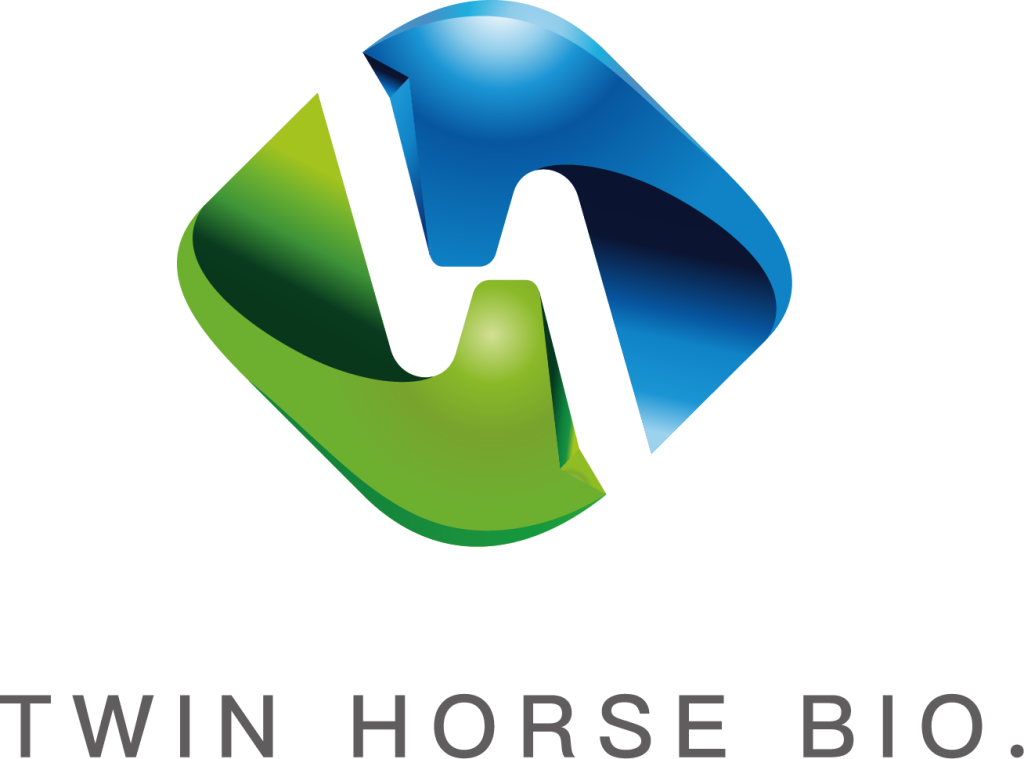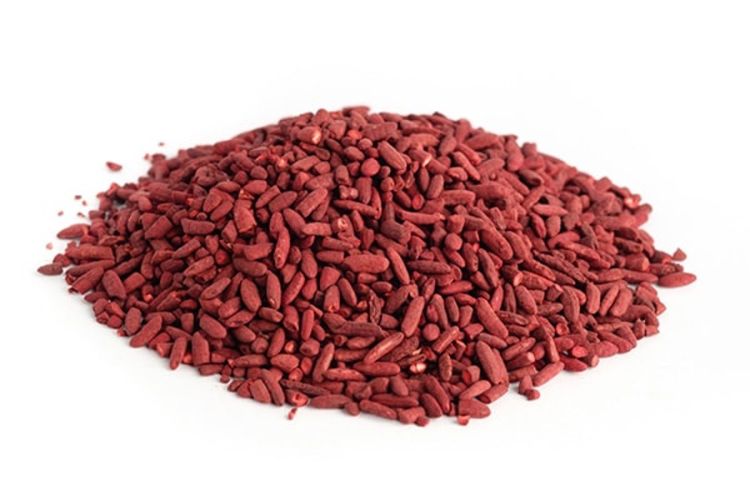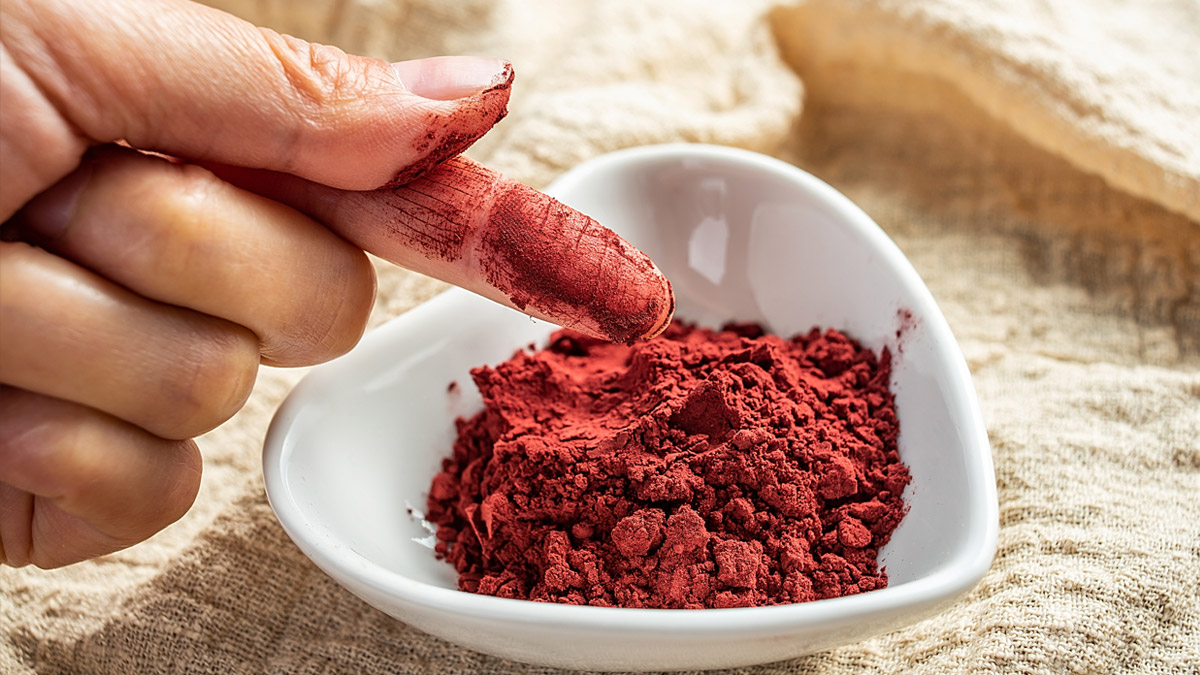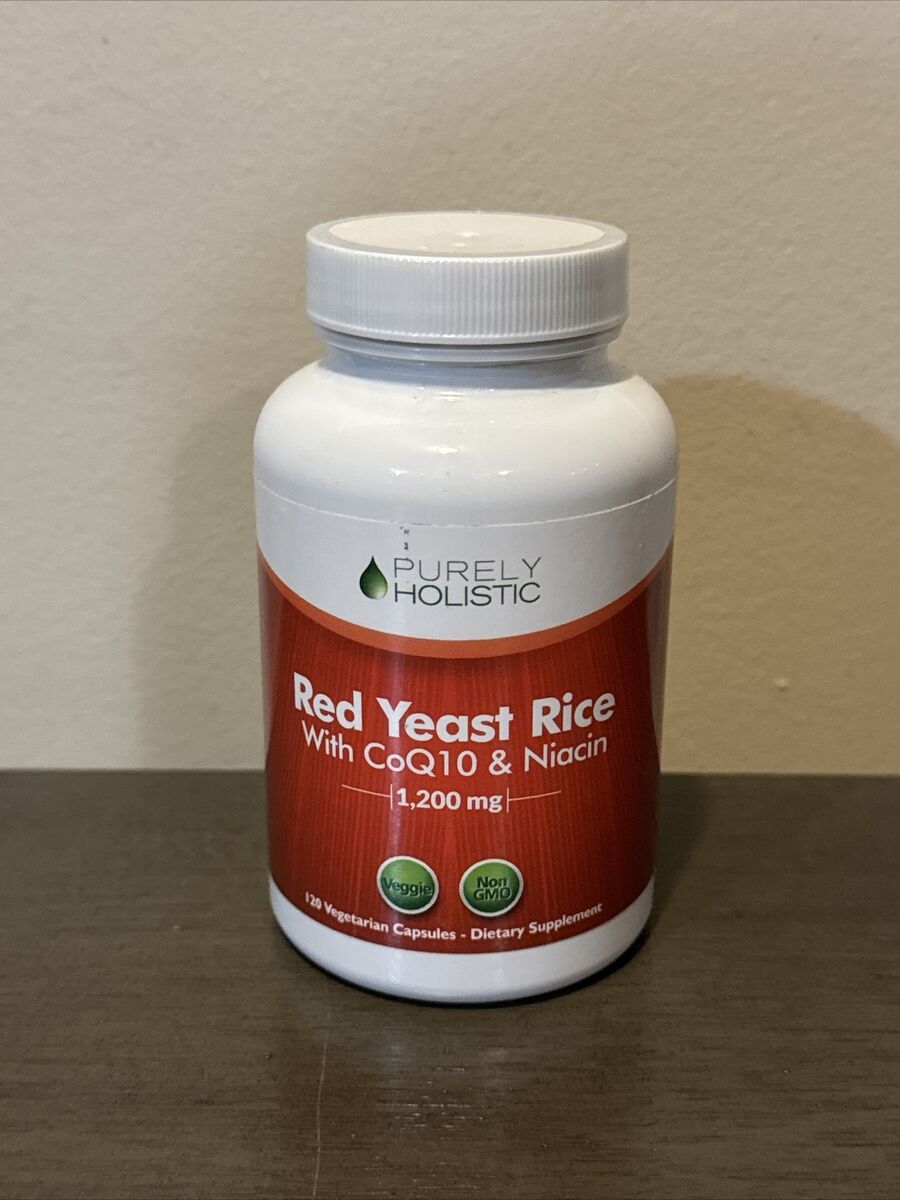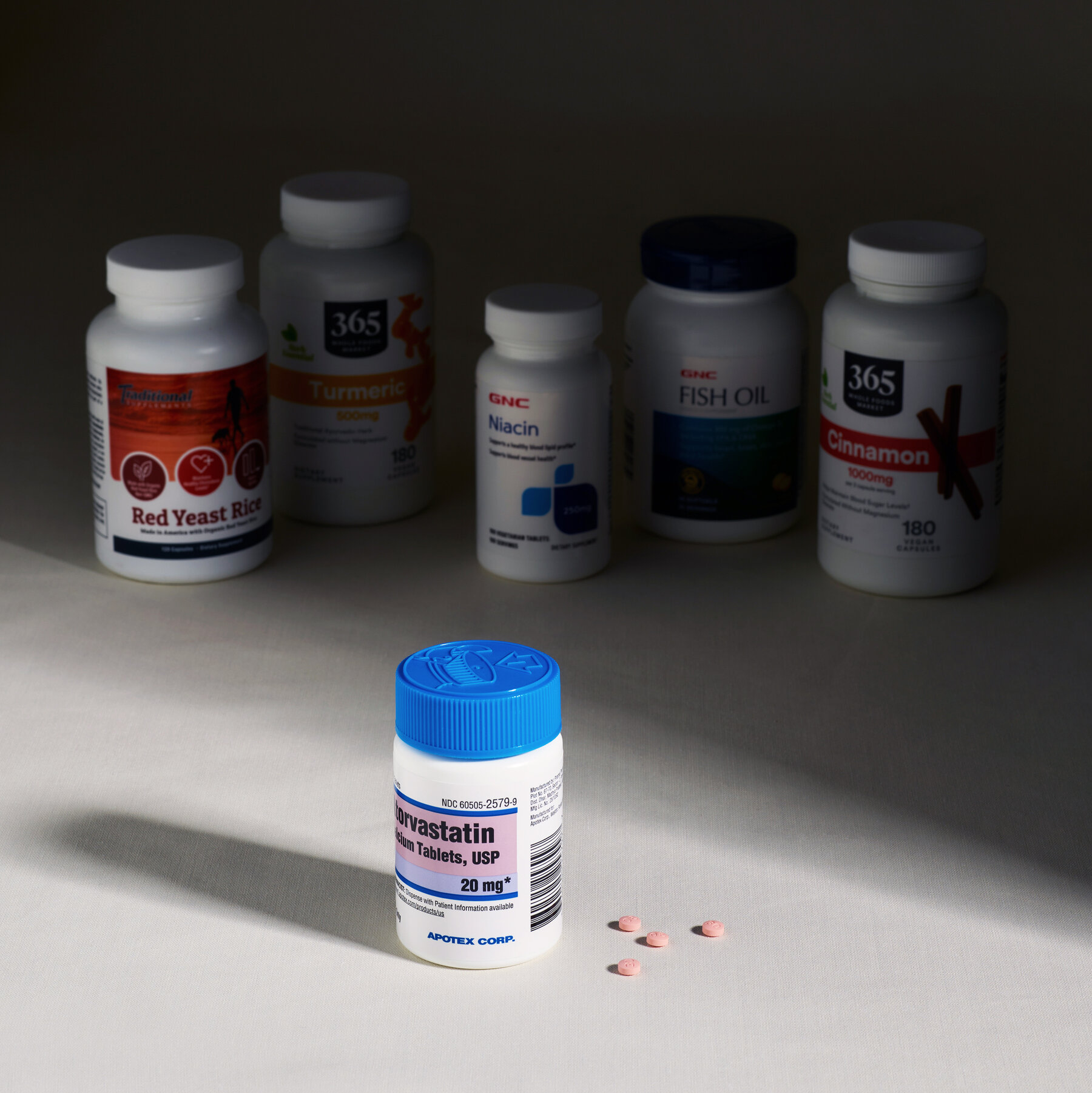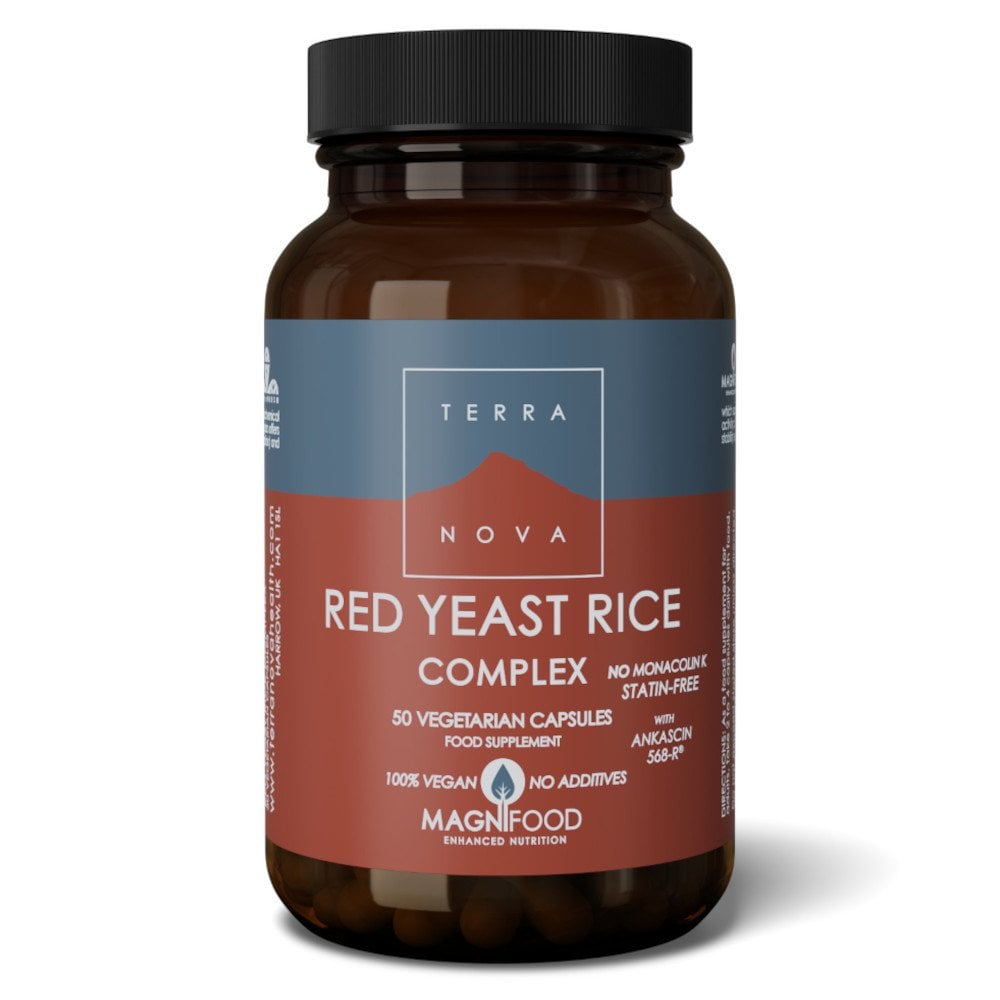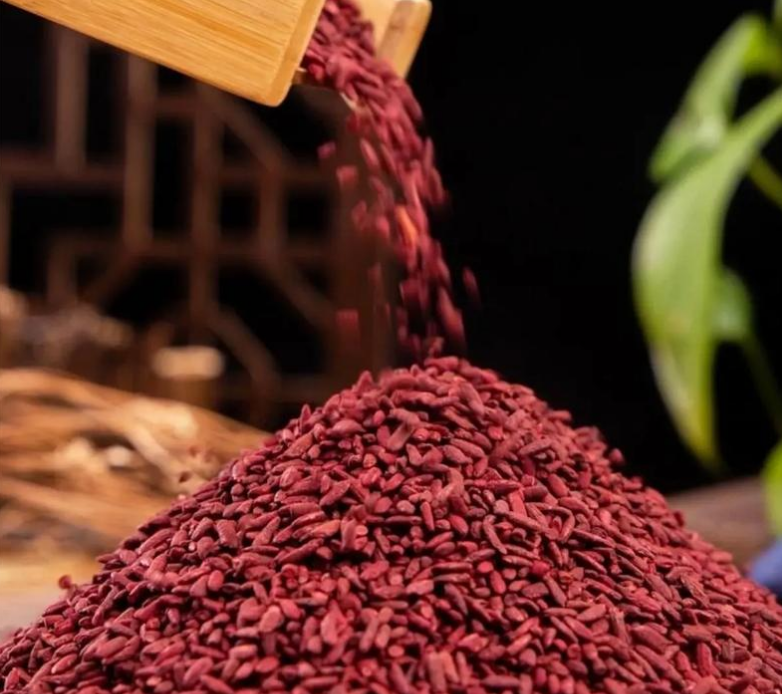Red rice may contain higher arsenic levels (up to 100 ppb, exceeding FDA’s 100 ppb limit for infant rice cereal) due to soil absorption. Prolonged intake raises health risks. Additionally, its phytic acid reduces mineral absorption. To mitigate: soak red rice for 12 hours, rinse thrice, cook in excess water, or opt for brands tested for low arsenic.
Coarse taste
The dietary fiber content in every 100 grams of red rice is about 2.5 grams, while ordinary white rice is only 0.4 grams. The water absorption rate of red rice is about 60%, which is lower than 80% of ordinary white rice. Red rice usually takes 45 minutes to an hour to cook, while white rice takes only 15 to 20 minutes.
People over the age of 70 need an average of 23 seconds per bite to chew red rice, about 11 seconds longer than white rice. In a survey of 1,000 elderly people, more than 75 percent of respondents said they prefer white rice with a delicate taste. The price of red rice is usually about 30% to 50% higher than that of ordinary white rice. In China’s first-tier cities, the average retail price of red rice is 18 yuan per kilogram, while the price of ordinary white rice is 12 yuan per kilogram.
In the Asian market, red rice’s acceptance rate is only 8%. In Europe and the US, however, sales grew by 27%. The hardness coefficient of red rice is about 7.5, which is 40% higher than that of ordinary white rice. Even if the method of long-term soaking is used, it still takes more than 20 minutes of pressure cooker cooking to achieve a relatively soft state.
More than 65 percent of housewives prefer white rice when pairing dishes. A dietary survey of 300 children showed that more than 70 percent were dissatisfied with the taste of red rice. If the humidity of the storage environment exceeds 70%, the texture of the red rice may further harden.
Price is on the high side
The average price of a kilogram of red rice is about 18 yuan, while the average price of ordinary white rice is 12 yuan. This 30%-50% price gap can be a significant barrier for families on a limited budget. One brand of organic red rice sells for 35 yuan per kilogram. The planting cost of red rice per hectare is about 4,500 yuan, 20 to 30 percent higher than that of ordinary white rice. The growing period of red rice is about 150 days, while ordinary white rice is only 120 days.
Global annual production of red rice accounts for only about 8% of total rice production. India is one of the major exporters of red rice, with annual exports of about 300,000 tons, while exports of white rice reached 40 million tons during the same period. Red rice needs to be stored in an environment with less than 50% humidity. Red rice costs 15 to 20 percent more to transport and store than white rice.
In China’s first-tier cities, the main consumer group of red rice is the middle class with an annual income of more than 200,000 yuan. Sixty-seven percent of high-income households buy red rice at least once a month, compared to just 18 percent of low-income households. An imported brand of red rice sells for as much as 50 yuan per kilogram, while the price of ordinary domestic brands is only half that.
In the United States, red rice usually sells for $3 per pound, while regular white rice sells for $1.50. The average cost of processing red rice is about 700 yuan per ton, while the processing cost of ordinary white rice is only 500 yuan. According to the sales data of a large supermarket, the re-purchase rate of red rice is only 22%, while the re-purchase rate of ordinary white rice is 45%.
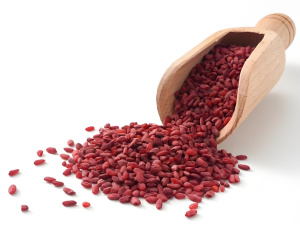
Preservation difficulty
Red rice contains a high fatty acid content, with about 1.6 grams of fat per 100 grams of red rice, while ordinary white rice is only 0.5 grams. When the ambient humidity exceeds 70%, red rice is easy to absorb moisture and lead to deterioration of rice grains. If no moisture protection measures are taken, the mildew rate of red rice can be as high as 12%. The mildew rate of ordinary white rice is only 3%. Red rice usually needs to be stored in an environment with less than 50% humidity.
The optimum storage temperature for red rice is below 10°C. After 30 days of storage at 25°C, the fatty acid content of red rice will increase by 20%. The shelf life of ordinary white rice is usually 1-2 years, while the shelf life of red rice at room temperature is only about 6 months. The deterioration rate of red rice is more than three times that of ordinary white rice. Red rice requires vacuum packaging that is moisture-proof and oxidation-proof. It costs about 20 percent more than regular white rice. The transportation cost per ton of red rice is about 15% higher than that of ordinary white rice.
In the absence of pest control measures, the incidence of insect infestation in red rice is about 8%, compared to only 2% in regular white rice. The deterioration rate of red rice stored in ordinary plastic containers at home is 15%, while the deterioration rate can be reduced to 5% when using special sealed tanks. More than 60% of households in the storage of red rice due to neglect of management led to deterioration.
Red rice contains about 2.5 grams of dietary fiber, 7.0 grams of protein and less than 2.0 grams of fat per 100 grams of red rice, about 2.1 mg of iron per 100 grams of red rice, 1.0 mg of zinc, and only 5 mg of calcium. Milk contains up to 120 milligrams of calcium.
The content of vitamin B1 in red rice is 0.15 mg /100 g, while the content of vitamins B2, B6 and folic acid is less than 0.1 mg /100 g. Fortified white rice can contain 0.4 mg of vitamin B1 per 100 grams.
The bioavailability of red rice protein is only 65%, which is lower than the 85% of soy protein. Red rice contains just 1.6 grams of fat per 100 grams, compared with 2.7 grams for brown rice and 7.0 grams for oats. Red rice does not contain plant sterols and beta-glucans, which have cardiovascular benefits, per 100 grams, while oats contain up to 4 grams of beta-glucan per 100 grams. In high phytic acid environment, iron absorption rate can be reduced by 30%-50%.
The antioxidant index per 100 grams of red rice is only 9, while black rice is 84, and blueberries are as high as more than 200. A low-glycemic diet requires foods with a low glycemic index, and red rice has a glycemic index of about 55, which is lower than white rice’s 65, but still higher than certain high-fiber grains such as quinoa (GI 35).
Not suitable for children
A dietary survey of children aged 5 to 10 showed that more than 72% of children who tried red rice reported that it was “too hard” and “not easy to bite.” The particle hardness index of red rice is 7.5, 40% higher than that of ordinary white rice. The fiber content of red rice is about 2.5 grams per 100 grams, which is six times that of ordinary white rice.
Red rice contains 7.0 grams of protein per 100 grams, but less than 0.1 grams of lysine. Protein sources such as soy contain about 1.5 grams of lysine, 15 times more than red rice. For every 100 mg increase in phytic acid in a child’s diet, iron absorption decreases by 30%. The phytic acid content in red rice is about 0.9 g /100 g, which is much higher than 0.2 g in white rice.
Red rice has a glycemic index of 55, slightly lower than regular white rice, which is 65. Foods with a low glycemic index such as quinoa (GI 35) are better for children in stabilizing blood sugar. The red rice needs to soak for at least 30 minutes and cook in a pressure cooker for about 40 minutes to reach a softness suitable for chewing. 42% of children reported that the taste was still not soft enough.
A survey of 300 children showed that about 68 percent preferred the light aroma of plain white rice, while only 15 percent preferred the grainy aroma of red rice. The average price of red rice per kilogram is 18 yuan, 50 percent higher than that of ordinary white rice. Forty percent of the children experienced mild digestive discomfort after consuming red rice for a week.
Collocation restriction
According to a survey of 500 consumers, 68 percent believe that red rice is not suitable as an ingredient in desserts. 80% of the families surveyed reported that when red rice is paired with braised and stewed dishes, its rough texture is difficult to absorb thick sauces, making the overall taste separate. Red rice is used in less than 5% of fast food meals. The reason is that the cooking time is 40 minutes, while white rice only takes 15 minutes.
Of the 50 tasters, nearly 60 percent reported that the flavor of the red rice stole the flavor of the main dish. The water absorption rate of red rice is 60%, 20 percentage points lower than that of white rice, which is 80%. The price of red rice is about 18 yuan per kilogram, which is 30% to 50% higher than ordinary white rice.
Cooking trouble
Red rice needs to be soaked at least 30 minutes in advance and cooks in a regular pot for 45 minutes to an hour, while white rice usually requires no soaking and can be cooked in just 15 to 20 minutes. Using a pressure cooker to cook red rice can reduce the cooking time to 30 minutes, but 38% of consumers still report that the rice grains taste hard. The optimal water-to-rice ratio for red rice is 2.5:1, while the ratio for white rice is usually 1.5:1.
Of the 50 chefs who participated in the experiment, 62% said that red rice fried rice was more difficult to control the heat and finished product than white rice fried rice. Only 36 percent of households have a pressure cooker suitable for red rice cooking. Red rice should be simmered for at least 20 minutes after medium-high heat.
Undersoaked red rice had a hardness index of 8.2 after cooking, while fully soaked (more than 1 hour) red rice had a hardness index of 6.5. Forty-seven percent of consumers experienced sticky or undercooked rice when they first tried to cook red rice, compared to just 15 percent for white rice.
